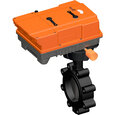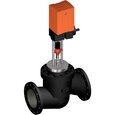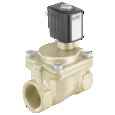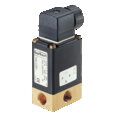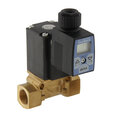HVAC Valves Explained Types and Uses

Figure 1: Many different valve types in an industrial chiller and boiler system.
HVAC valves are important in every heating, ventilation, and air conditioning system for controlling how fluids, both liquids and gasses, move. There are various types of valves in HVAC systems, such as hvac gas valves and hvac control valves, and understanding the different HVAC valve types will help system design. This article covers the different types of valves and example applications for each type.
Table of contents
- Solenoid valves
- Butterfly valves
- Disc valves
- Globe valves
- Ball valves
- Check valves
- Gate valves
- Zone valves
- Pressure relief valves
- FAQs
View our online selection of HVAC valves!
Solenoid valves
Solenoid valves are electrically controlled valves that open or close based on the electric current passed through a solenoid coil, allowing for precise fluid flow control. HVAC solenoid valves are commonly used in HVAC systems where automatic control is essential, such as controlling refrigerant flow in an air conditioning system based on signals from the thermostat. Learn more in our solenoid valves for hvac-r applications article.
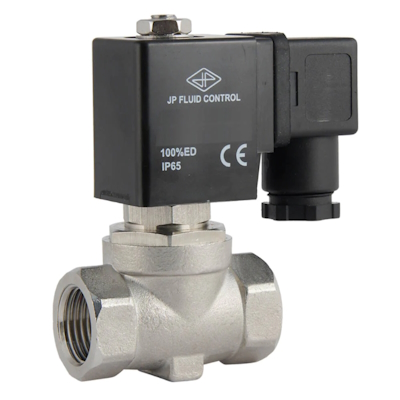
Figure 2: A stainless steel solenoid valve
Butterfly valves
Butterfly valves are commonly utilized in both regulating the flow of fluid and in large commercial HVAC systems, where high flow rates are needed. With a rotating disk in the middle, they can either block or allow fluid to pass through. HVAC butterfly valves are frequently used in applications such as cooling towers, chillers, and air handling units, where they control the flow of water or refrigerant.
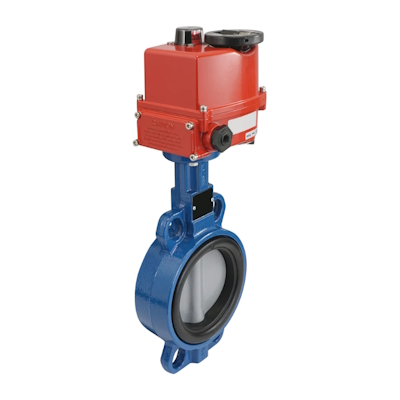
Figure 3: A cast iron electric butterfly valve
Disc valves
Disc valves are similar to butterfly valves because they control flow with a rotating disc. However, their design is not identical. A disc valve has two discs, one remains stationary and acts as the valve seat, and the other disc rotates to control the size of the orifice opening. Therefore, disc valves offer on/off and proportional control. Finally, because these valves operate quickly (approx. 4 seconds), typical disc valve HVAC applications are temperature control, zone control, regulation within air handling units, variable air volume systems, ventilation systems, radiant heating systems, domestic hot water systems, and in the control of boilers and furnaces.
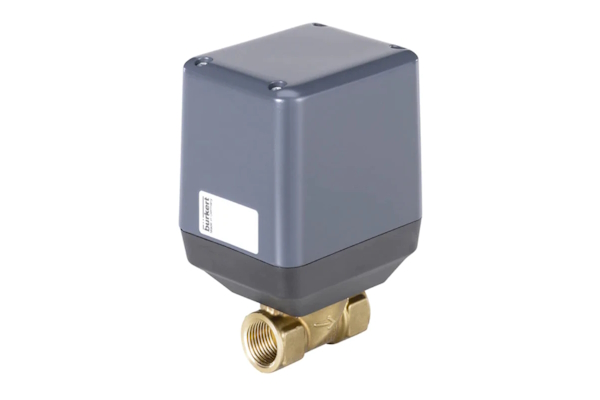
Figure 4: A brass disc valve with an electric actuator.
Globe valves
Globe valves are known for their excellent shut-off capability and fluid flow regulation. These are often used in applications requiring precise flow control, throttling, and frequent operation. A prime example of their use is controlling water flow in a hydronic heating or cooling system.
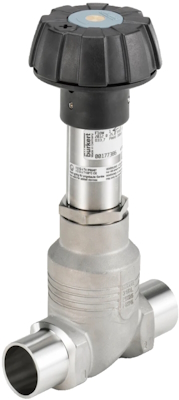
Figure 5: A manual globe valve
Ball valves
Ball valves are renowned for their durability, excellent sealing capability, and strength. These valves feature an internal ball that can be turned to either block or allow flow. Typical ball valve HVAC applications include refrigeration systems to isolate specific components for maintenance or during a system shutdown, in natural gas applications, and in systems where a tight shut-off is required.
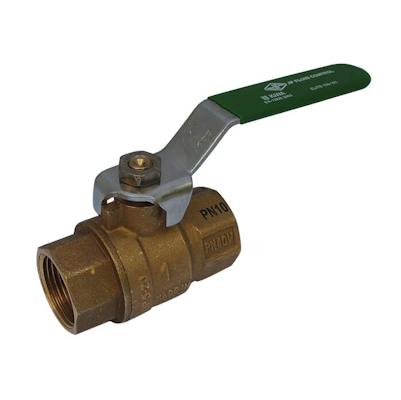
Figure 6: A brass ball valve
Check valves
Check valves are important parts of HVAC systems. They let fluid (gas or liquid) flow in one direction and stop it from going the other way. HVAC check valves are useful in many areas, like ensuring refrigerant flows correctly, preventing water from flowing backward in heating systems, and stopping air from going the wrong way in ductwork.
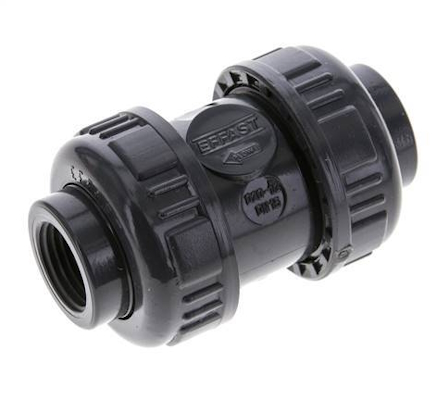
Figure 7: A PVC check valve
Gate valves
Gate valves in HVAC systems control how fluid (gas or liquid) flows. They're used when a fluid needs to flow straight and unrestricted or needs to be stopped entirely. HVAC gate valves are common in larger pipes but aren't good for controlling the flow speed as it can damage the valve. They're best used in systems where you don't need to turn the valve on and off a lot.
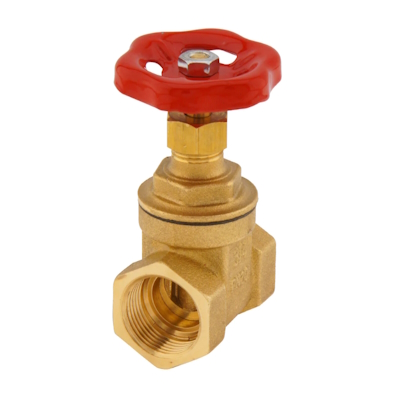
Figure 8: A brass gate valve
Zone valves
Zone valves are utilized in zoning systems. These valves control water flow, allowing for independent control of heating or cooling to different zones within a building. HVAC zone valves are typically used in large or zoned HVAC systems where different rooms or areas may have varying heating or cooling needs, facilitating independent temperature control in each zone.
Pressure relief valves
Pressure relief valves in HVAC systems are safety devices. They open when the system's pressure is too high to prevent damage, then close when pressure is normal again. When they open, they vent to a safe location, either the atmosphere or a containment system if necessary. HVAC pressure relief valves help avoid problems like broken parts or blockages. For example, they stop boilers from exploding due to too much pressure.
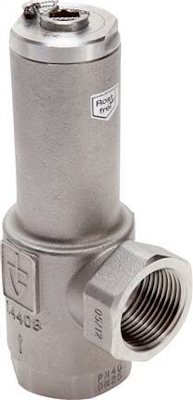
Figure 9: A stainless steel pressure relief valve
FAQs
What are the different types of valves in HVAC?
Various valves are used in HVAC systems, including solenoid, ball, gate, zone, check, and pressure relief valves.
What is an HVAC three way valve?
In HVAC systems, three way valves control the mixing of hot and cold liquids through a system.




